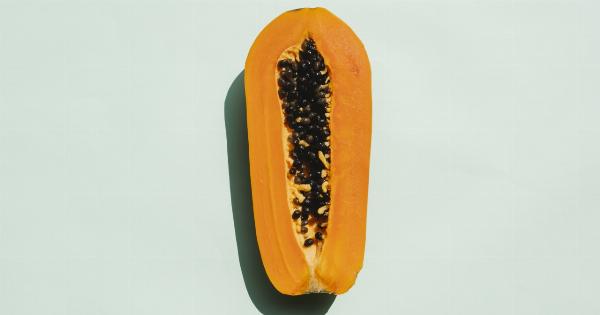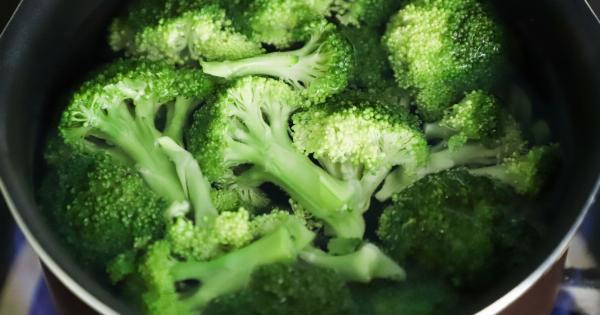Potatoes are one of the most popular and widely consumed vegetables around the world. Whether they are roasted, baked, boiled, mashed, or fried, potatoes are a staple ingredient in many dishes.
However, some people are not aware that potatoes can be toxic to their health if consumed in large quantities or if prepared improperly.
The Problem with Green Potatoes
Green potatoes are the result of prolonged sunlight exposure. When potatoes are exposed to light, they produce solanine, a glycoalkaloid that is toxic to the human body.
Solanine is found in all parts of the potato, but it is most concentrated in the green skin and sprouts. When ingested in large amounts, solanine can cause a variety of symptoms such as nausea, vomiting, headaches, stomach cramps, diarrhea, and even coma or death in extreme cases.
The Importance of Proper Storage
To avoid the formation of solanine, potatoes should be stored in a cool, dark, and dry place. Exposure to sunlight, humidity, or high temperatures can trigger the production of solanine.
Potatoes should be kept in a breathable bag or container to prevent moisture buildup. If you notice any green spots or sprouts on your potatoes, cut them out before cooking and discard any potatoes that have turned entirely green.
The Dangers of Raw Potatoes
Eating raw potatoes can also be dangerous due to their high levels of solanine. While a small amount of solanine is typically not harmful, consuming too much can cause symptoms such as nausea, vomiting, diarrhea, and headaches.
Furthermore, raw potatoes contain resistant starch, which is hard for the human body to digest. This can result in bloating, gas, and abdominal discomfort.
The Risks of Fried Potatoes
French fries, hash browns, and other fried potato dishes are popular comfort foods, but they can be harmful to your health if consumed in excess. Fried potatoes are typically high in fat and calories, which can contribute to weight gain and obesity.
Additionally, frying potatoes at high temperatures can create acrylamide, a chemical that is found in certain foods and has been linked to cancer in animal studies. Acrylamide forms when certain amino acids in potatoes react with sugars at high temperatures, such as those found in deep frying oil.
The Benefits of Boiled or Baked Potatoes
Boiled and baked potatoes are a healthier way to enjoy this beloved vegetable. When boiled or baked, potatoes retain their essential nutrients, such as potassium, vitamin C, and vitamin B6.
Potatoes can also be a good source of dietary fiber when consumed with their skin. Furthermore, boiling or baking potatoes at low or medium heat does not produce acrylamide, making these cooking methods a safer alternative to frying.
Potatoes and Glycemic Index
Potatoes have a high glycemic index, which means they can cause a rapid increase in blood sugar levels after ingestion. This can be a concern for people with diabetes or those at risk for developing diabetes.
However, selecting potatoes with a lower glycemic index, such as sweet potatoes, can help reduce the impact on blood sugar levels. Additionally, pairing potatoes with other foods that have a low glycemic index, such as green vegetables, protein, or healthy fats, can help slow down the absorption of carbohydrates and stabilize blood sugar levels.
Cooking Potatoes and Nutrition Loss
Finally, it’s worth noting that cooking methods can impact the nutritional value of potatoes. Boiling potatoes can cause some nutrient loss due to leaching into the water.
Baking and roasting potatoes at high temperatures can also cause some nutrient loss due to oxidation and breakdown of heat-sensitive vitamins. The best way to preserve nutrients in potatoes is to cook them at low or medium heat, without peeling them, and in minimal water.
Conclusion
While potatoes are a delicious and versatile staple in many people’s diets, they can be toxic to our health if not prepared properly or consumed in excess.
Green potatoes, raw potatoes, and fried potatoes all come with their own set of risks and potential health hazards. Boiled and baked potatoes are a safer alternative, especially when cooked at low or medium heat.
Additionally, pairing potatoes with low-glycemic foods and using proper storage methods can help reduce the potential negative effects of consuming potatoes.































